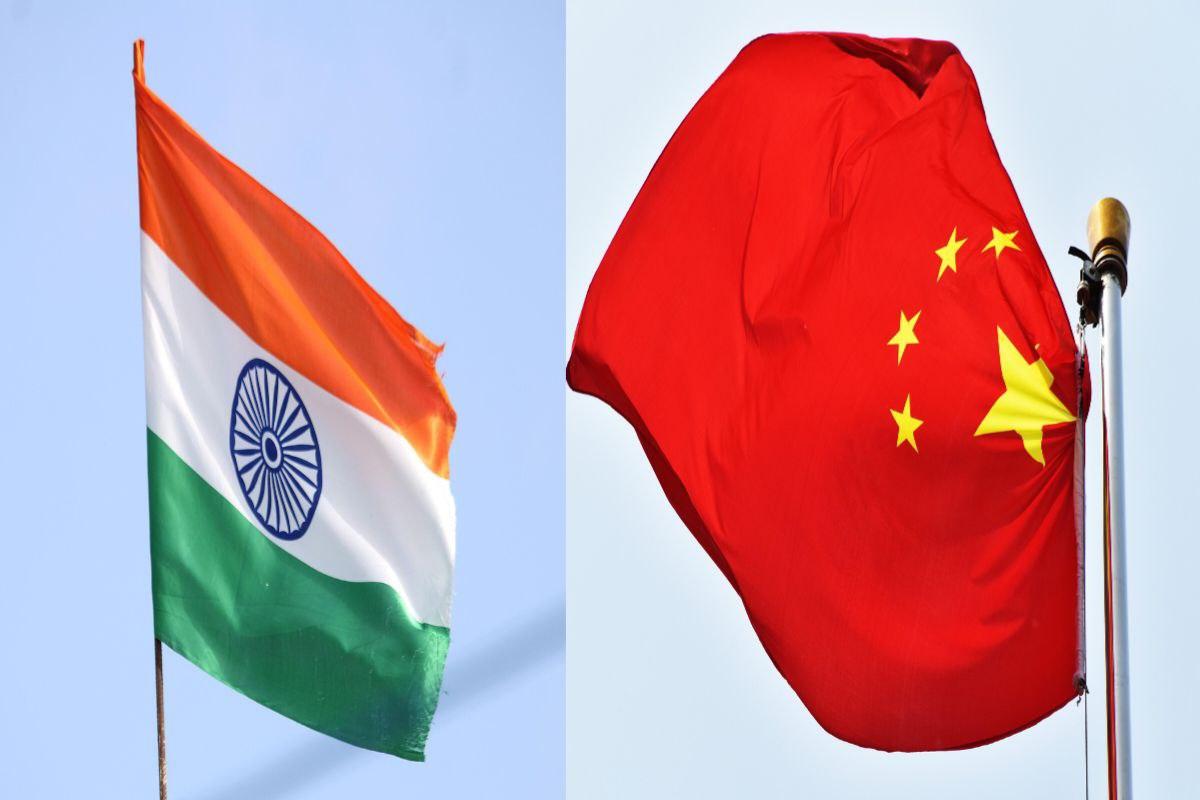
In a bold strategic move that could shake the foundations of U.S.-led global diplomacy, Russia has officially expressed its intent to revive the once-active RIC platform — a trilateral geopolitical forum consisting of Russia, India, and China. This announcement comes at a crucial time when the United States, under President Donald Trump, is reimposing its familiar playbook of economic coercion, tariffs, and unilateral penalties on key nations — including India.
Just recently, the U.S. slapped a 25% tariff on Indian goods and banned six Indian companies for alleged dealings with Iran, a move widely seen as part of Washington’s aggressive push to enforce its foreign policy via trade levers. But Moscow’s proposal to breathe life into the RIC (Russia-India-China) framework could be the geopolitical counterpunch that changes the game.
RIC Is Not New – But Its Revival Could Be Revolutionary
The RIC platform isn’t a new concept. It was conceived years ago with a visionary idea — to create a strategic non-Western alliance that could offer an alternative global leadership model. Russia envisioned a forum where three of the world's largest powers — a resource-rich Russia, a democracy-driven India, and a manufacturing superpower China — could collectively shape a multipolar world order, beyond the influence of Washington and its allies.
Over the years, the RIC platform saw several productive phases, including ministerial dialogues, summits, and executive-level collaborations. But things took a backseat when India-China relations soured, particularly after their border tensions escalated.
Now, in an interview with Russia Today, Russian Ambassador to India Denis Alipov made it clear that Moscow wants the RIC to be reactivated. “This platform has a more than 20-year-long history and an inspiring legacy,” Alipov stated, while acknowledging the current India-China friction. He added that both nations understand their relationship should be built on cooperation, not conflict — an optimistic nod to the possibility of setting differences aside for a bigger geopolitical cause.
Silent Consensus or Strategic Alignment?
Even before Alipov’s comments, Russian Foreign Minister Sergey Lavrov had signaled interest in reviving the RIC framework. China, too, has shown silent consent — refraining from objections and signaling indirect support.
India, meanwhile, has remained publicly non-committal. However, diplomatic circles believe that New Delhi’s silence might actually be a sign of quiet approval. Given India’s recent troubles with U.S. protectionism and unilateralism, the timing is significant.
Why Does RIC Matter So Much Right Now?
RIC isn’t just another diplomatic club. It represents a potential geopolitical pivot — a triangular alliance of three continental giants with the capability to counterbalance Western hegemony.
Statistically speaking:
Russia is a global energy powerhouse.
India is the world’s largest democracy and a growing economic force.
China is the world’s top manufacturing and export machine.
Together, they could build a system that offers a real alternative to the U.S.-dominated global order.
The timing of this revival attempt is no coincidence. With Trump’s tariff-driven diplomacy back in action — including the latest 25% tariff on Indian exports — the RIC platform can serve as a direct strategic response. A way to resist dollar-based trade pressures, find new economic models, and redefine global partnerships.
India’s Geopolitical Dilemma — And Opportunity
For India, the RIC forum is a double-edged sword. On one hand, it must manage its ongoing border conflict and strategic mistrust with China. On the other, it faces growing pressure from the United States, which expects New Delhi to be a loyal partner in Western-dominated platforms like Quad and I2U2.
But India’s core foreign policy principle remains strategic autonomy — the idea that it will not be tied down to any one global pole. Re-engaging with RIC could help reinforce that principle and offer India more leverage in its dealings with the West.
What Could RIC 2.0 Do?
If reactivated, RIC could:
Form a united front against tariff warfare and Western economic bullying
Promote de-dollarization and alternative payment systems in trade
Inject new energy into BRICS and SCO, bolstering South-South cooperation
Reassert the voice of the Global South in international institutions
Provide diplomatic cover for multilateral deals that bypass U.S. sanctions
In short, it could signal to the world that the global order is no longer unipolar — it is multipolar, and the East is ready to lead.
Final Thoughts
The return of RIC is not just a diplomatic revival; it’s a strategic message to Washington. A signal that Russia, India, and China — despite their differences — are capable of exploring unity when pushed by a common adversary: unilateralism and economic coercion.
If India decides to embrace the RIC initiative again, it won’t just be a policy shift — it will be a powerful geopolitical declaration. A message that the world no longer runs on fear of tariffs or the dominance of the dollar. That a new coalition of power is rising — and history is once again being written in the East.




